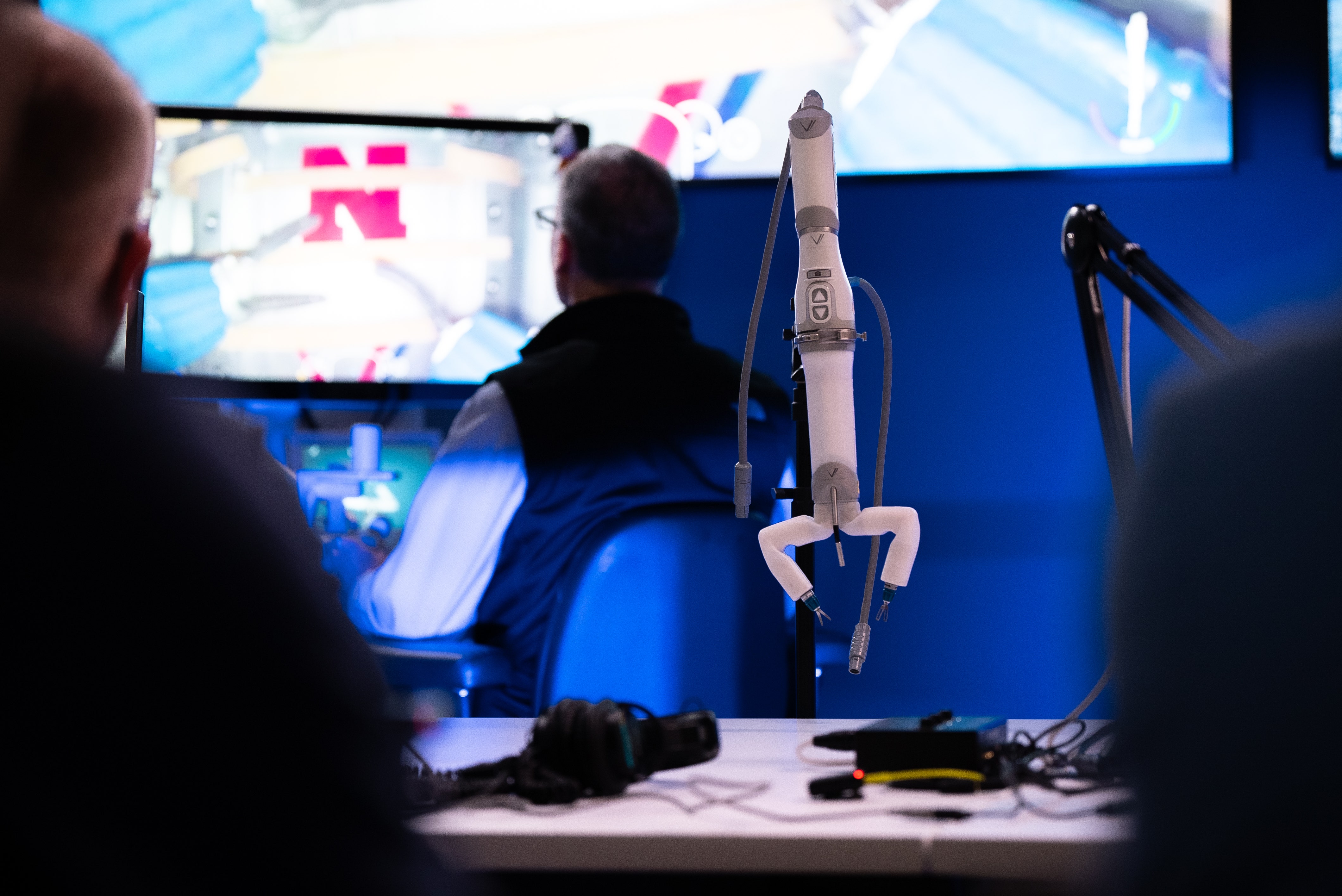In 2022, when NASA’s $325 million spacecraft crashed into an asteroid named Dimorphos at 14,000 miles per hour, cheers and applause erupted back on Earth.
NASA’s Double Asteroid Redirection Test (DART) mission deliberately targeted Dimorphos to change its orbit around the larger asteroid Didymos as a dress rehearsal of sorts for thwarting a deadly space rock that might someday head toward Earth.
The world’s first-ever planetary defense experiment was deemed a triumph: The asteroid’s orbit shrank by 33 minutes, far above the minimum threshold of 73 seconds.
But what the DART team didn’t realize then was just how bizarrely Dimorphos responded to that punch. A new study, published on Monday in Nature Astronomy, has concluded that DART hit Dimorphos so hard that the asteroid changed shape.
Simulations of the impact suggest that the spacecraft’s death did not excavate a normal, bowl-shaped crater. Instead, it left behind something that resembles a dent. And although the artificial impact blasted millions of tons of rock into space, plenty splashed back onto its sides like tremendous tidal waves. It widened Dimorphos, transforming it from a squat orb into a flat-topped oval — like an M&M candy.
That the asteroid acted like a fluid comes down to its peculiar composition. It’s not a solid contiguous rock, but more like “a pile of sand,” said Sabina Raducan, a planetary scientist at the University of Bern in Switzerland and the study’s lead author. And a low-density asteroid barely held together by its own gravity was never going to respond in a straightforward manner when a van-size spacecraft flew into its face.
Dimorphos’s response is “completely outside of the realm of physics as we understand it” in our day-to-day lives, said Cristina Thomas, the lead of the mission’s observations working group at Northern Arizona University who was not involved with the study. And “this has overarching implications for planetary defense.”
DART showed that a tiny spacecraft can deflect an asteroid. But the study indicates that crashing a similarly disjointed space rock too forcefully risks fragmenting it, which, in a real asteroid emergency, could create multiple Earthbound asteroids.
Planetary defense, as a concept, clearly works. “We know we can do it,” said Federica Spoto, an asteroid dynamics researcher at the Center for Astrophysics, Harvard and Smithsonian, who was not involved with the new study. “But we have to do it right.”
Dimorphos was chosen to be DART’s target for myriad reasons. One of the most important was its dimensions: At 530 feet across, it’s just the right size of a common variant of stony asteroid that could handily annihilate a city.
Because it’s so small and thereby tricky to observe from Earth, little was known about Dimorphos before DART glimpsed it up close during the spacecraft’s terminal approach. But many scientists suspected it was a rubble pile, a collection of closely spaced boulders.
The handful of space missions that have visited similarly sized asteroids — even those with different geological compositions — also found them to lack cohesion. That makes them behave oddly. For example, when NASA’s OSIRIS-REx spacecraft briefly touched down on the surface of the rubbly asteroid Bennu to steal a sample, it almost completely sank into it, as if it were plunging into a plastic ball pit.
That DART’s collision knocked back Dimorphos so significantly demonstrated that deflecting these types of asteroids can succeed even when their properties are largely unknown beforehand.
But early observations taken by ground-based telescopes, space-based observatories and the LICIACube (a small satellite that rode along with the DART spacecraft) hinted that Dimorphos reacted with unanticipated drama to this act of interplanetary vandalism.
“A lot of material was thrown out,” Dr. Thomas said. Dimorphos was quickly enveloped by a swarm of boulders and was trailed by a 20,000-mile-long cometlike tail that persisted for months.
What other surprises might Dimorphos have in store? Hera, a European Space Agency mission is launching this October and will arrive at Dimorphos in late 2026 to survey the asteroidal wreckage.
But Dr. Raducan was impatient, deciding instead to forecast what Hera may discover. Her team ran simulations of the impact, hoping to see which virtual outcome best fit the fleeting post-impact observations taken of Dimorphos. A lack of a classic crater, and a transmogrified asteroid, is not what most astronomers anticipated.
Like its previously explored asteroid siblings, Dimorphos responded in an unexpected way to being angrily prodded by a robot. That means that if the world requires saving from an inbound rubble pile, no assumptions can be made.
“We do need more space missions to asteroids,” Dr. Raducan said. “Just because we impacted one asteroid, doesn’t mean all of them will behave the same.”






